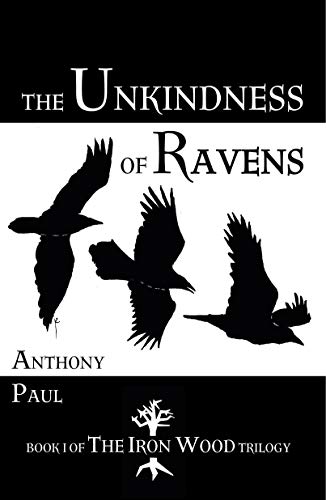The Wife of Bath's Prologue and Tale by Geoffrey Chaucer
Page 2 of 8 - 1 2 3 4 5 6 7 8 Purchase full notes for £4.95 (aprox $7.72)
The next layer that any reader is quick to notice may be represented by her scarlet stockings – the subsequent item of clothing Chaucer mentions in the General Prologue : ‘Hir hosen weren of fin scarlet reed.’ The Wife needs little excuse to parade her sexuality before her, largely male, audience. She constantly encourages these men to believe in her large sexual appetite and various extra-marital ‘adventures’ – hinting, but never drawing real disgrace upon herself – and is not averse to drawing attention to her own hidden charms, by, for example, telling all and sundry about a birthmark in ‘another privee place.’ Scattered through the Prologue , however, are several references that make it abundantly clear that the Wife’s sexual appetites are almost entirely moderated by her wish to achieve status and some control over her own life. She uses her sexuality to gain status and influence over men, and she is successful among the Canterbury pilgrims in that this element of her discourse obviously attracts some prurient interest from characters like the Pardoner and the Friar.
The next element of her dress that Chaucer describes is her ‘shoes full moiste and new.’ Brand new shoes – indeed unworn shoes (the meaning of ‘moiste’) – indicate a woman who gets what she wants. She, like every married woman of the period, owns nothing of herself: if she has brand new shoes then her husband (Janekin) has paid for them. This is a further layer of the Wife’s personality, and a very significant one. From the age of twelve, she has used marriage as a means to achieve status, by agreeing to wed much older men, who she then outlives, becoming wealthier and wealthier with each widowhood. There is an obvious catch, though: whenever she weds again, she potentially loses all her wealth to her new husband, so that it is essential for her to achieve dominance in the relationship. This is what apparently goes wrong for her with her fifth husband. She marries Janekin – a much younger man – for love, and her acquisition of him at the age of forty is tantamount to her ‘retirement:’ she is about to rest on her laurels, having acquired enough to make herself attractive to a man she genuinely adores. Here, however, a different kind of ‘auctoritee’ appears in the Prologue – not the scholarly authority of ancient writers, but the even more powerful authority of folk tradition. In this perspective, the Wife is a termagant – a shrew – and the tradition (famously dramatised by William Shakespeare) requires that the shrew be tamed . This is what Janekin sets out to do with consummate skill. Ironically, however, Chaucer makes him the shrew who is finally tamed by the Wife, who ends the Prologue in triumph. She has a young husband, plenty of money and status, and her very presence on the pilgrimage alone is indicative of her victory.

